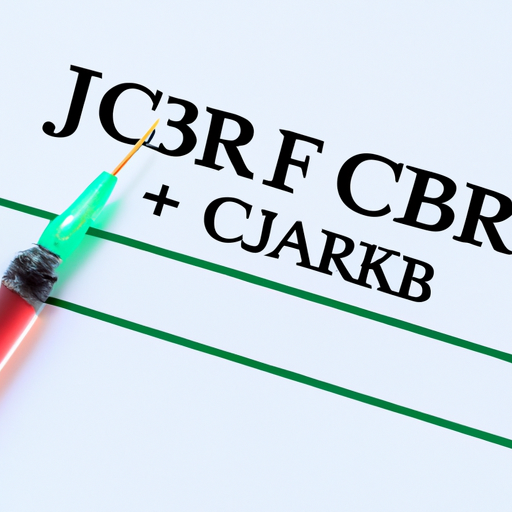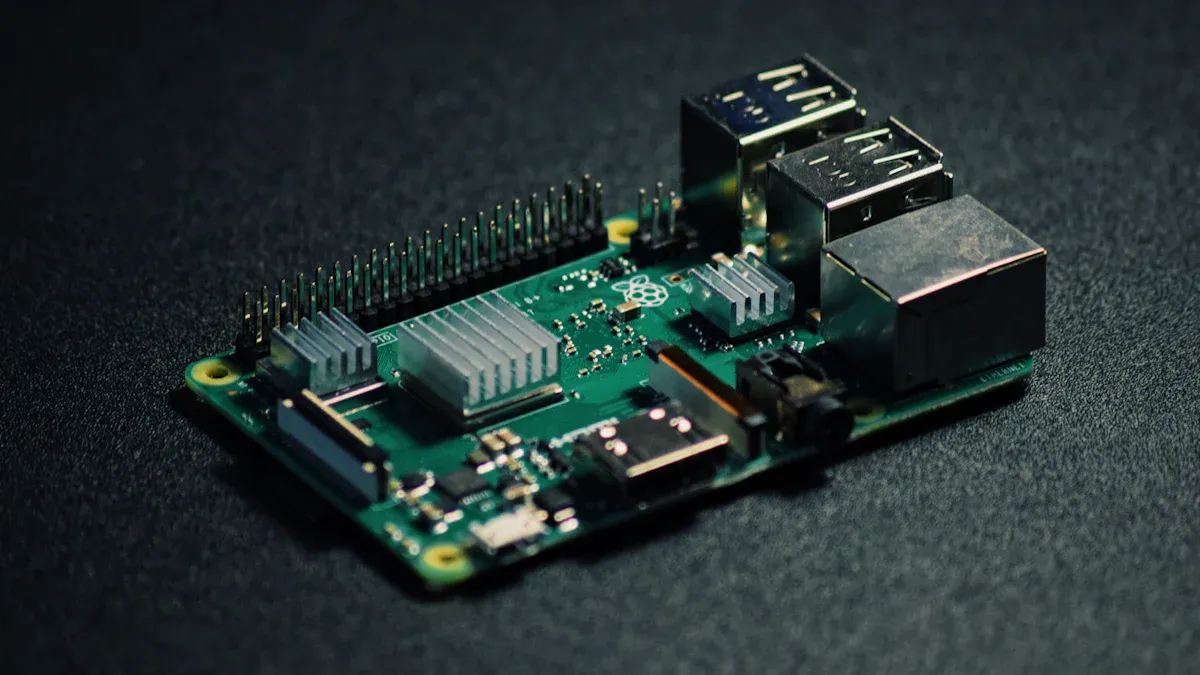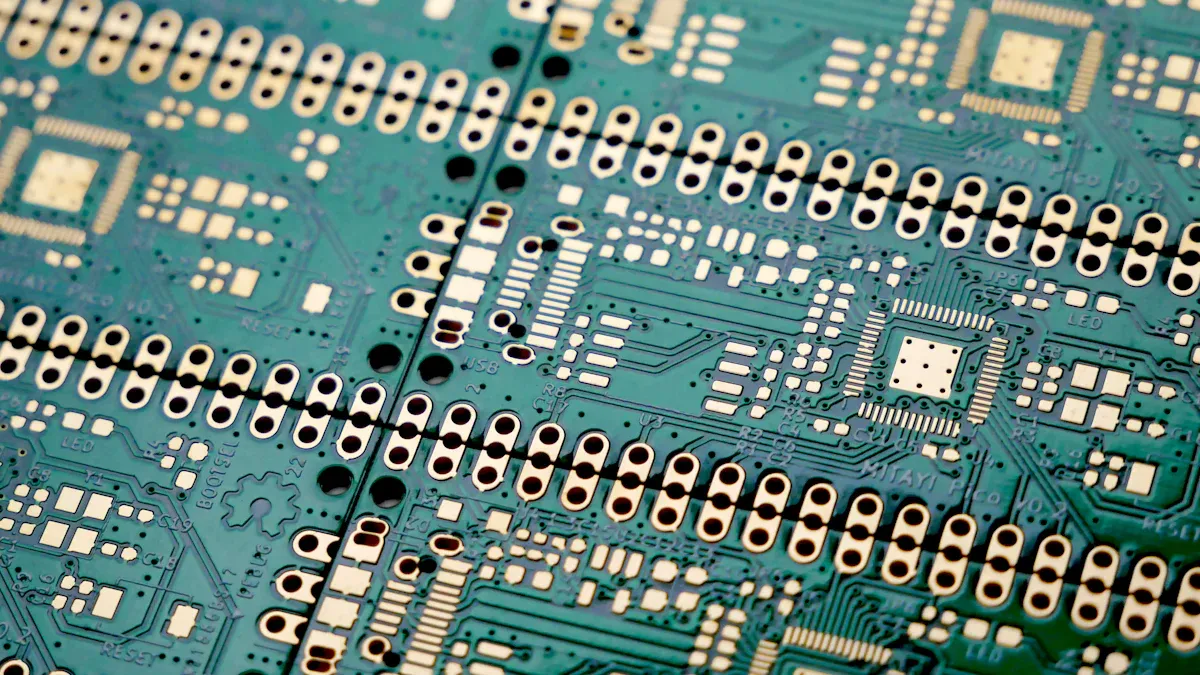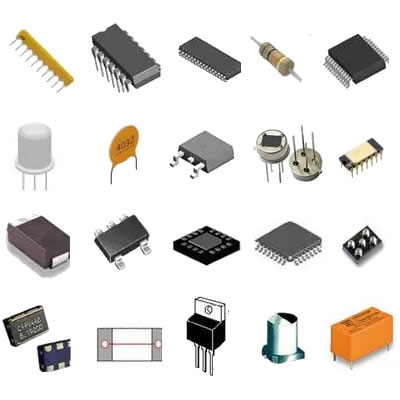What is the mainstream CFR-25JB-52-1R2 production process?
What is the mainstream CFR-25JB-52-1R2 production process?
CFR-25JB-52-1R2 is a carbon film resistor widely used in automotive and electronic systems. You rely on it for stable performance in circuits requiring precise resistance. Understanding the mainstream CFR-25JB-52-1R2 production process ensures you can identify quality components that meet industry standards, enhancing reliability in your applications.
Key Takeaways
- CFR-25JB-52-1R2 resistors give exact resistance, helping devices work well.
- They are made by adding a thin carbon layer to ceramic rods.
- This process keeps resistance steady and accurate for better performance.
- Testing is very important; resistors are checked to meet AEC-Q200 rules.
- These tests make sure they work properly even in tough conditions.
Overview of the Mainstream CFR-25JB-52-1R2
### What is CFR-25JB-52-1R2?
CFR-25JB-52-1R2 is a type of carbon film resistor. It is designed to provide precise resistance in electrical circuits. Manufacturers create it by applying a thin layer of carbon film onto a ceramic base. This process ensures stability and accuracy in resistance values. The resistor is compact, durable, and capable of withstanding high temperatures. These qualities make it a reliable choice for demanding environments.
You will often find CFR-25JB-52-1R2 in applications requiring consistent performance. Its design allows it to handle electrical currents efficiently while maintaining its resistance properties. This makes it an essential component in many modern devices. Understanding the mainstream CFR-25JB-52-1R2 production process helps you recognize its importance in ensuring quality and reliability.
Applications in Automotive and Electronic Industries
CFR-25JB-52-1R2 plays a critical role in both automotive and electronic industries. In automotive systems, it is used in engine control units, lighting systems, and safety features like airbags. Its ability to perform under extreme conditions ensures the reliability of these systems.
In electronics, you will find it in power supplies, audio equipment, and communication devices. Its precise resistance values help maintain the performance of these devices. The resistor also supports energy efficiency by minimizing power loss. This versatility makes it a key component in various technologies. By understanding its applications, you can appreciate why the mainstream CFR-25JB-52-1R2 production process focuses on precision and quality.
Materials Used in the Mainstream CFR-25JB-52-1R2 Production Process
### High-grade ceramic rods as the base material
The foundation of the mainstream CFR-25JB-52-1R2 lies in its ceramic rods. These rods serve as the base material, providing the resistor with strength and durability. You might wonder why ceramic is chosen. It’s because ceramic can withstand high temperatures and resist electrical currents without breaking down. This makes it ideal for creating a stable platform for the carbon film layer. Manufacturers carefully select high-grade ceramic to ensure the resistor performs reliably in demanding environments, such as automotive systems or electronic devices.
Pure carbon film and its role in resistance creation
The carbon film is the heart of the resistor. It determines the resistance value by controlling how easily electrical current flows through the component. During production, a thin layer of pure carbon film is applied to the ceramic rod. This film is essential because it provides the precise resistance needed for your circuits. The thickness of the carbon layer directly affects the resistor’s performance. Thicker layers offer lower resistance, while thinner ones provide higher resistance. This precision ensures the mainstream CFR-25JB-52-1R2 meets the exact requirements of your applications.
Supporting materials for coating and assembly
To complete the resistor, manufacturers use additional materials for coating and assembly. A protective coating is applied over the carbon film to shield it from environmental factors like moisture and heat. This coating enhances the resistor’s lifespan and reliability. Metal caps and lead wires are also attached to the ends of the ceramic rod. These components allow you to connect the resistor to your circuit easily. Each material plays a vital role in ensuring the final product meets industry standards and performs consistently.
Step-by-Step Mainstream CFR-25JB-52-1R2 Production Process
### Coating phase: Applying carbon film to ceramic rods
The coating phase is where the carbon film is applied to the ceramic rods. This step is crucial because it determines the resistor's resistance properties. You can break this process into several key steps:
1. **Leveling**: After applying the carbon film, let it set for 60 to 90 seconds. Then, remove any excess material using the beveled edge of a coating applicator block. This ensures an even layer.
2. **Buffing**: Use a clean microfiber cloth to buff the coated area in circular motions. Always use a fresh section of the cloth for each pass to avoid contamination.
3. **Application of Additional Layers**: Allow the initial layer to cure for 60 minutes before applying more layers. Repeat the leveling and buffing steps for each layer. A minimum of four layers is recommended to achieve optimal performance.
This meticulous process ensures the carbon film adheres uniformly to the ceramic base, creating a stable and precise resistor.
Helical groove cutting: Achieving precise resistance values
Once the coating is complete, the next step involves cutting helical grooves into the carbon film. These grooves adjust the resistor's resistance by controlling the path of the electrical current. Precision tools cut these grooves to meet exact specifications. This step is vital for ensuring the resistor delivers the desired resistance values in your applications. By fine-tuning the grooves, manufacturers can create resistors that meet the strict requirements of the mainstream CFR-25JB-52-1R2 production process.
Quality assurance: Meeting AEC-Q200 automotive standards
The final step is quality assurance. Every resistor undergoes rigorous testing to ensure it meets AEC-Q200 automotive standards. These tests evaluate the resistor's performance under extreme conditions, such as high temperatures and electrical stress. You can trust that resistors passing these tests will perform reliably in demanding environments. This step guarantees that the mainstream CFR-25JB-52-1R2 production process consistently delivers high-quality components.
Technologies and Equipment in the Mainstream CFR-25JB-52-1R2 Production
### Machinery for carbon film application
The carbon film application process relies on specialized machinery to ensure precision. These machines evenly coat the ceramic rods with a thin layer of carbon film. You might notice that the equipment uses automated rollers or sprayers to apply the film. This automation ensures consistency across large batches. Temperature-controlled chambers often accompany these machines. They help the carbon film adhere properly by curing it under optimal conditions. This step is critical for creating resistors with stable and accurate resistance values.
Advanced tools for helical groove cutting
Helical groove cutting requires advanced tools to achieve precise resistance adjustments. Manufacturers use laser-guided or diamond-tipped cutting machines for this task. These tools carve grooves into the carbon film with incredible accuracy. You can think of this step as fine-tuning the resistor’s performance. The depth and pattern of the grooves determine how the electrical current flows. By using high-precision tools, manufacturers ensure the resistors meet exact specifications. This precision is essential for maintaining the quality of the mainstream CFR-25JB-52-1R2.
Testing equipment for quality control and compliance
Quality control involves rigorous testing using advanced equipment. Automated testing machines measure resistance, temperature tolerance, and durability. You might find these machines simulating extreme conditions to ensure the resistors perform reliably. For example, thermal chambers test how well the resistors handle high temperatures. Other devices check for electrical stability under stress. These tests confirm compliance with industry standards like AEC-Q200. By using cutting-edge testing equipment, manufacturers guarantee the resistors meet the demands of automotive and electronic applications.
Challenges and Innovations in the Mainstream CFR-25JB-52-1R2 Production
### Common challenges in achieving precision and consistency
You may notice that achieving precision and consistency in resistor production is no small feat. One major challenge involves maintaining uniformity in the carbon film layer. Even slight variations in thickness can lead to inconsistent resistance values. This inconsistency can affect the performance of the resistor in critical applications.
Another challenge lies in the helical groove cutting process. Cutting grooves with exact depth and pattern requires advanced tools and skilled operators. Any deviation during this step can compromise the resistor's accuracy. Additionally, environmental factors like temperature and humidity can impact the coating and curing processes. These factors make it difficult to ensure consistent quality across large production batches.
Innovations improving efficiency and environmental sustainability
To overcome these challenges, manufacturers have introduced several innovations. Automated machinery now plays a key role in applying carbon film layers. These machines ensure precise and uniform coatings, reducing human error. Laser-guided tools have also revolutionized the groove-cutting process. They deliver unmatched accuracy, helping you achieve the desired resistance values with minimal waste.
Environmental sustainability has become a priority in production. Many manufacturers now use eco-friendly materials and energy-efficient equipment. For example, curing chambers with optimized energy consumption reduce the carbon footprint of the process. Recycling programs for leftover materials also contribute to sustainability. These innovations not only improve efficiency but also align with global efforts to protect the environment.
You’ve explored the essential steps, materials, and technologies behind the CFR-25JB-52-1R2 production process. From ceramic rods to precision groove cutting, each phase ensures reliable performance. Understanding this process helps you identify quality components. It also equips you to meet industry demands with confidence. Mastering these details strengthens your ability to choose dependable resistors for critical applications.
FAQ
### What makes CFR-25JB-52-1R2 resistors reliable for automotive applications?
CFR-25JB-52-1R2 resistors withstand high temperatures and electrical stress. Their precise resistance values ensure stable performance in critical automotive systems like engine controls and safety features.
How does the helical groove cutting process affect resistor performance?
Helical grooves fine-tune resistance by controlling current flow. Precision in groove depth and pattern ensures the resistor meets exact specifications for your application.
Are CFR-25JB-52-1R2 resistors environmentally friendly?
Yes! Manufacturers use eco-friendly materials and energy-efficient equipment. Recycling programs for leftover materials also reduce waste, making the production process more sustainable. ♻️
> **Tip:** Always check for compliance with environmental standards when selecting resistors.







